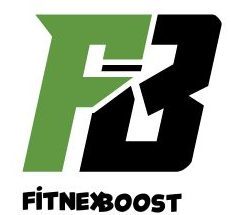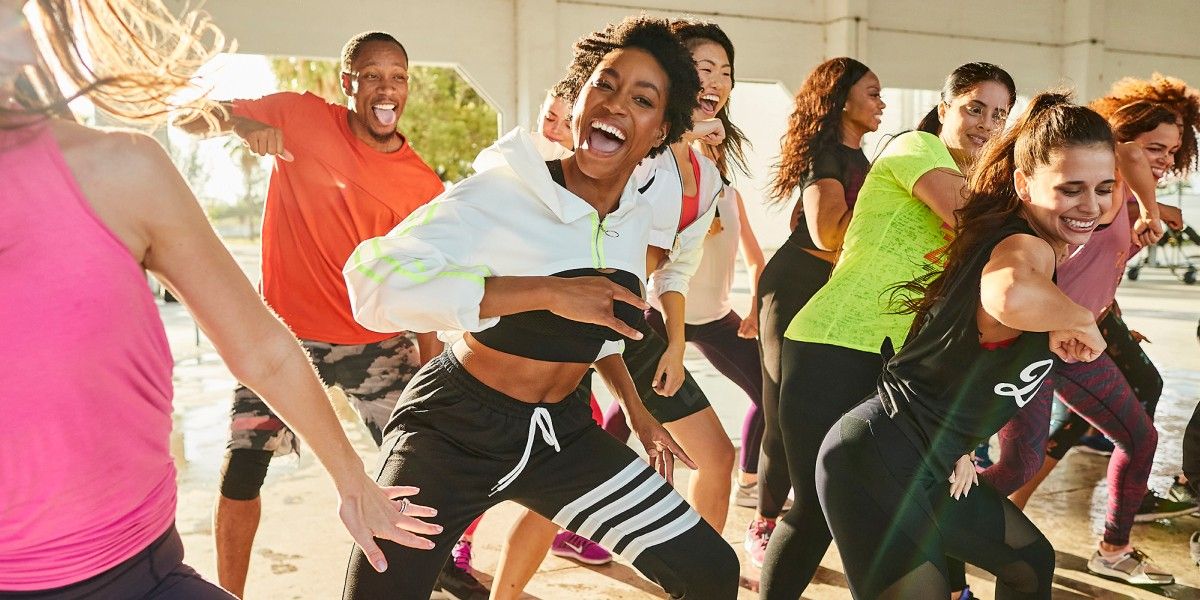Everything you need to know before beginning a new fitness routine
(Zumba, Pilates, Spin )
You may choose from a variety of exercise activities, but where do you begin? Setting realistic goals for oneself is the first step in starting a new training regimen. Using this method, you may avoid accomplishing too much too quickly.
Because you actually do not feel or see any benefits, you do not want to do too little and lose drive. When trying to find the sweet spot that will keep you on course, bear in mind the FITT (frequency, intensity, time, and type) Principle.
Frequency: your workouts should be gradually increased until you are only taking no more than two days off each week.
Intensity: When you workout, you put yourself through this level of effort. Start out with a low-to-moderate intensity and progressively increase it if you are not already an active person. Brisk walking and leisurely swimming are examples of moderate-intensity exercises.
Time: Start small and increase your exercise time until you reach your weekly target of 150 minutes. Shorter bursts of 10 to 15 minutes are also acceptable in place of the 30- or 60-minute sessions.
Type: There are two types of exercise. cardio and resistance training, the latter of which involves the use of weights and gets your heart pumping.
Before starting a new exercise plan, you should see your doctor as well. People with medical issues must exercise extra caution because not all forms of exercise are suitable for everyone.
What is Pilates, and will it be the correct workout for me?
Summarize Pilates
Pilates, which bears the name of its originator Joseph Pilates, is a form of low-impact strength training that has an emphasis on using the abdominal, lower back, hip, and thigh muscles precisely.
Pilates should be viewed as a strength training session and should be complemented by other aerobic activities, even if you may perspire from exertion.
Now how do I prepare for a Pilates class?
Either individual or group instruction sessions are an option. Classes and sessions can be carried out on a mat, as in yoga, or on a piece of assistive technology. These devices, which go by names like Cadillac and Reformer, offer adjustable resistance and aid in positioning you precisely. Stretching and repetition-based strength training are frequent components of Pilates workouts. The workouts are easily adaptable to any individual’s level of fitness, ranging from simpler stabilization and stretching exercises for beginners to more challenging exercises for expert practitioners.
How does Pilates benefit me?
You’re likely to experience and see benefits from Pilates if you practice it correctly and consistently, including improved posture, flexibility, and body awareness as well as decreased back pain.
Do I need to take any special precautions when practicing Pilates?
Pilates can be challenging. Afterward, sore muscles are typical. To achieve proper alignment and avoid injury, it is advised that beginners begin working with a qualified, experienced Pilates instructor. Before starting a Pilates regimen, you should speak with your doctor. if you’ve been inactive for a while, if you’re pregnant, or if you have any health problems.
What is Zumba, and is it perfect for me?
What really is Zumba?
Zumba is a fitness class that combines resistance and interval training with dance skills.
What can I anticipate from a Zumba class? You’ll feel as though you’ve joined a fun party if you take a Zumba class. The typically 60-minute session will include upbeat, strong music to keep you moving and a teacher displaying spirited yet simple-to-learn dance moves. To master all of the moves in a routine, it could take a few repetitions. The secret is to let yourself go; move, experiment, and grin and laugh when you slip up or dance against the beat. Take solace in the knowledge that everyone is too preoccupied trying to keep up to notice if you’re not quite in step
How might taking Zumba lessons be beneficial to me?
A succession of various songs, each with a separate set of dance steps, are played during a quick-paced aerobic exercise called Zumba. With the weight and motion of your own body, you are performing resistance and interval training while you dance. Regular Zumba lessons will increase your muscle strength and endurance, cardiovascular and respiratory fitness, balance, and flexibility challenges.
Do I need to take any special measures when attending Zumba classes?
For your Zumba class, wear the appropriate footwear. Skip the full-tread, thick-soled running shoes and go for some ankle support but less tread in a pair of thinner-soled sneakers or cross-training shoes. By doing so, you can avoid knee injuries while maintaining your balance during pivots and side-to-side motions. Throughout the course of the lesson, make sure to stay hydrated by donning comfortable, stretchable clothing.
Although everyone is welcome, Zumba tends to draw a female-dominated audience. The audience for Zumba tends to be primarily female, however everyone is welcome. And since the choreography is essentially accessible to dancers of all ages and skill levels, a wide range of people have come to the sessions.
What is spin class, and is it the perfect thing for me?
What exactly is a spin class?
A spin class, sometimes known as “Spinning,” is a type of group indoor cycling class. In a spin class, you utilize a stationary bike to follow a coached program for an intensive cardiovascular exercise.
What should I anticipate from a spin class?
In an indoor cycling class, you can anticipate working up a sweat and getting your heart rate up. Classes are frequently noisy and go quickly. In order to show the techniques and ideal tempo, the teacher cycles their own stationary bike while music is playing. From moderate, steady warm-ups to high-intensity sprints of as-fast-as-you-can cycling, the pace will change. As the cycle’s settings replicate straightaways and hills, resistance may also fluctuate throughout the lesson.
How can attending spin classes help me?
Spin sessions provide you a hard cardiovascular workout by raising your heart rate for a considerable length of time. Your risk of heart disease, high blood pressure, and high levels of “bad” LDL cholesterol can all be decreased with regular exercise of this kind. Your muscular strength and endurance will be stretched in an indoor cycling class. A 45-minute lesson is said to provide for calorie burn of 400 to 600.
Are there any safety measures for spin courses that I should be aware of?
Despite being a challenging workout, indoor cycling has a low impact. This implies that, if done correctly and with the right footwear, indoor cycling exercises won’t likely result in joint injuries. In spite of this, you should see your doctor before beginning an indoor cycling regimen if you haven’t been exercising frequently, are pregnant, or have any health issues.



